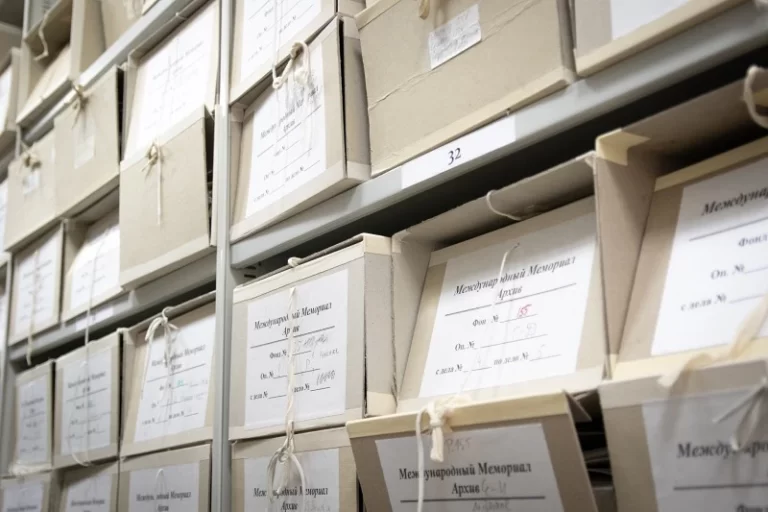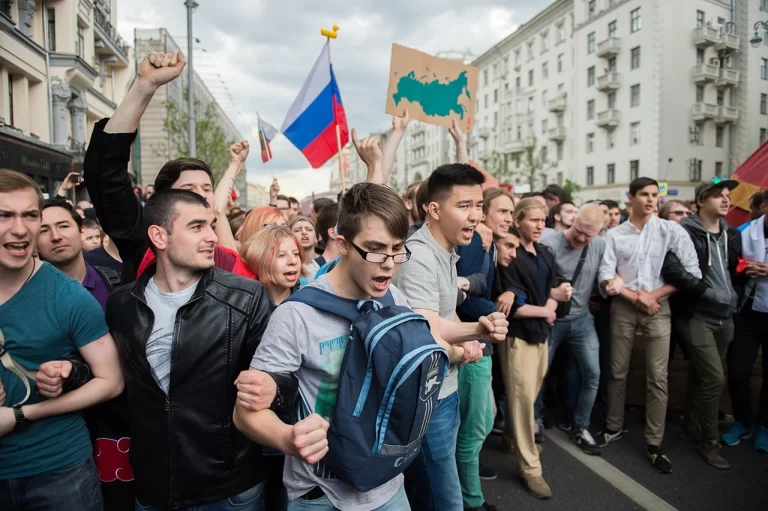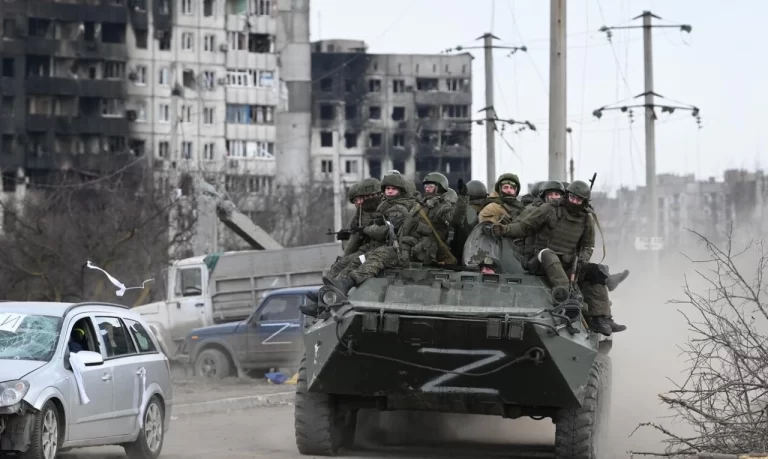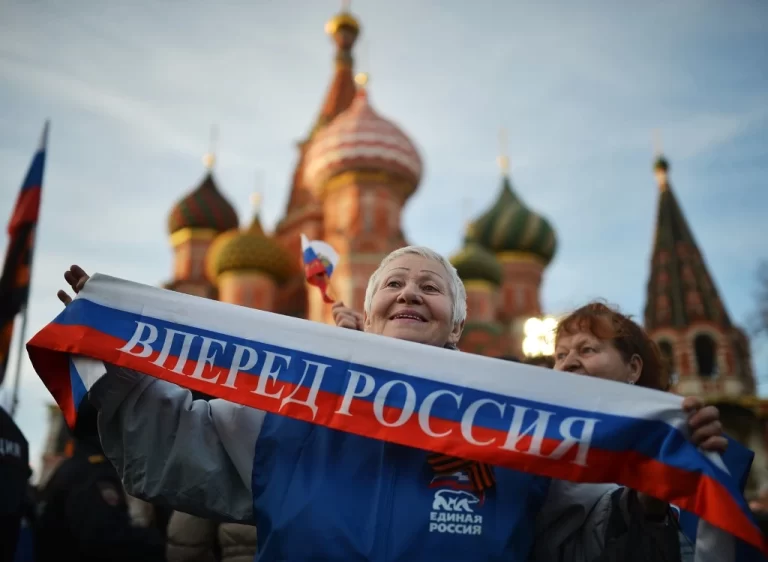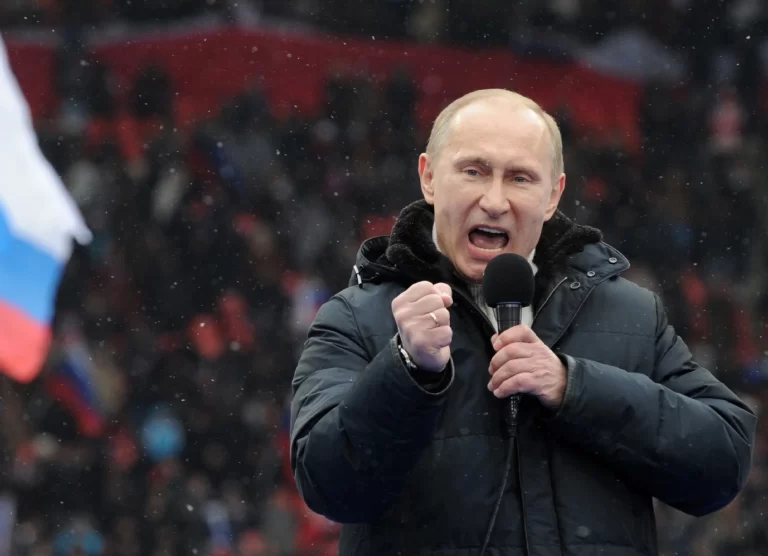Fresh statistics about the population of Russia, employment, income levels, and expenditure structure. The data presented are useful for analyzing the political behavior of Russians and evaluating the effectiveness of Western European sanctions against Russia.
Social portrait of Russians
Fresh statistics about the population of Russia, employment, income levels, and expenditure structure. The data presented are useful for analyzing the political behavior of Russians and evaluating the effectiveness of Western European sanctions against Russia.
According to Rosstat, as of January 1, 2022, 145.6 million people live in Russia. Of these, citizens aged 55 and over are 43,020,000 people. This is 29.5% of the total population. The number of elderly people in the country is increasing year by year, while the total population of Russia is decreasing:
Year | Population of Russia (in millions) |
2020 | 146.7 |
2021 | 146.2 |
2022 | 145.6 |
Population under the working age (0-15 years old): 27.317 million.
Working age population (men – 16-60 years old and women – 16-55 years old): 83.227 million.
Urban population constitutes 75%.
Rural population constitutes 25%.
46% are male.
54% are female.
The average monthly income per person in Russia increased to 45,272 rubles ($566) by the end of 2022, up from 40,272 rubles ($503) in 2021. This growth in average income is observed across all federal districts of the Russian Federation:
federal district | Average monthly income per person ($) | |
2022 | 2021 | |
Central | 768 | 684 |
Northwest | 618 | 556 |
South | 494 | 437 |
North Caucasian | 374 | 335 |
Privolzhsky | 441 | 391 |
Uralsky | 562 | 503 |
Siberian | 437 | 385 |
Dalnevostochnii | 585 | 531 |
According to ING, 42% of the Russian population (including babies) are people who depend on the state for their primary income. These are pensioners, civil servants, law enforcement (police, National Guard, Federal Security Service and others), military personnel, doctors, teachers, and bureaucrats. That’s over 60 million people who are dependent on the government. The share of budget payments in Russians’ monetary income has grown from 30 to 34% over the past 10 years.
The structure of money income usage in Russia in 2022 (according to Rosstat):
Purchase of goods and services – 77.7%
Mandatory payments and contributions – 15%
Increase in savings – 5.5%.

